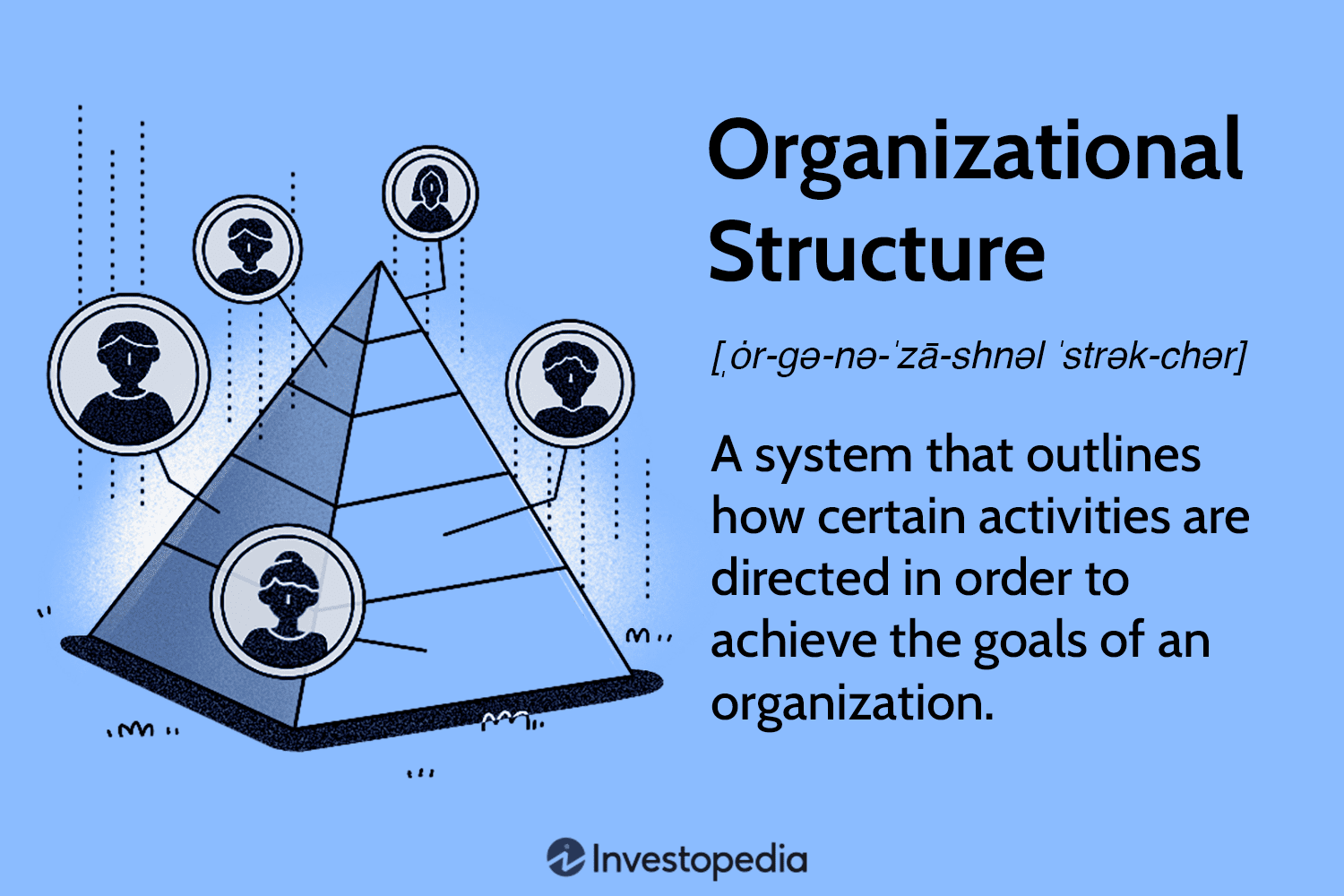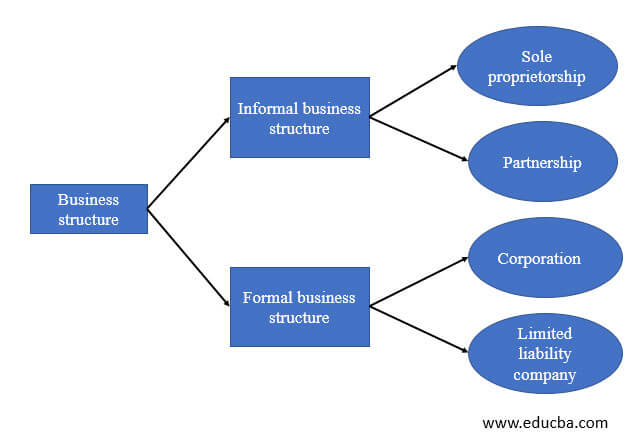What Does a Business Structure Include?
Introduction
When starting a new business or reorganizing an existing one, one of the most crucial decisions entrepreneurs and business owners must make is choosing the right business structure. The business structure defines how a company is legally organized, how it operates, and how it is taxed. This choice can have a significant impact on the business’s success, liability, and overall efficiency. In this article, we will explore the essential elements that a business structure includes, highlighting the advantages and disadvantages of each option. What does a business structure include?
1. Sole Proprietorship
Definition:
A sole proprietorship is the simplest and most common form of business structure. It is an unincorporated business owned and operated by a single individual. In this setup, the owner assumes all responsibilities and liabilities of the business.
Key Features:
Sole Ownership: As the name suggests, the business is solely owned by one person who retains complete control over all business decisions.
Easy Formation: Setting up a sole proprietorship is relatively easy and inexpensive, with minimal legal formalities.
Taxation: Profits and losses from the business are treated as personal income or losses, and the owner reports them on their individual tax return.
Unlimited Liability: The owner is personally liable for all business debts and obligations. If the business incurs debt or faces a lawsuit, the owner’s personal assets are at risk.
Advantages:
Simplicity: Minimal legal requirements and ease of decision-making make it an attractive option for small businesses and startups.

What does a business structure include?
Tax Benefits: Tax reporting is straightforward, and the owner can claim certain deductions not available to other business structures.
Disadvantages:
Unlimited Liability: The owner’s personal assets are at risk, making it a risky option for businesses with potential legal liabilities.
Limited Funding: Sole proprietorships may face challenges in raising funds as they rely heavily on the owner’s personal resources.
2. Partnership
Definition:
A partnership is a business structure where two or more individuals, known as partners, collaborate to run a business together. Each partner contributes capital, shares in the profits and losses, and takes part in decision-making.
Key Features:
Shared Ownership: Partners jointly own the business and share responsibilities, risks, and profits.
General and Limited Partnerships: General partners are actively involved in managing the business and have unlimited liability. In contrast, limited partners have limited liability and are typically investors with no active management role.
Partnership Agreement: It is essential to have a legally binding partnership agreement that outlines each partner’s rights, responsibilities, profit-sharing, and dispute resolution mechanisms.
Pass-Through Taxation: Similar to sole proprietorships, partnerships do not pay income taxes; instead, profits and losses are “passed through” to the partners’ personal tax returns.
Advantages:
Shared Responsibilities: Partners can bring diverse skills and expertise, allowing for more effective decision-making and problem-solving.
Shared Financial Burden: Partners can pool financial resources, increasing the potential for obtaining funding.
Tax Benefits: Pass-through taxation can result in a lower overall tax liability for the individual partners.
Disadvantages:
Unlimited Liability (for General Partners): General partners have personal liability for the partnership’s debts, which could put their personal assets at risk.
Disagreements: Conflicts among partners can arise, potentially hindering business operations.

3. Limited Liability Company (LLC)
Definition:
A Limited Liability Company (LLC) is a hybrid business structure that combines features of a corporation and a partnership. It provides limited liability protection to its members while offering flexibility in management and taxation.
Key Features:
Limited Liability: One of the primary advantages of an LLC is that its members have limited personal liability. In the event of debts or legal actions against the business, members’ personal assets are typically protected.
Pass-Through Taxation: Like sole proprietorships and partnerships, LLCs enjoy pass-through taxation, avoiding double taxation on both the company and its members.
Flexible Management: An LLC can be managed by its members (member-managed) or by appointed managers (manager-managed).
Operating Agreement: While not always legally required, an operating agreement is crucial for LLCs to outline ownership percentages, management structure, and other important provisions.
Advantages:
Limited Personal Liability: Members’ personal assets are generally protected from business liabilities.
Pass-Through Taxation: Avoiding double taxation is a significant tax advantage. For CBD company business structuring see this.
Flexible Management: Members can choose the most suitable management structure for their business needs.
Disadvantages:
Complexity: Compared to sole proprietorships and partnerships, forming an LLC requires more paperwork and filing fees.
State Requirements: Each state has its own regulations and compliance requirements for LLCs.
4. Corporation
Definition:
A corporation is a legal entity that exists separately from its owners (shareholders). It is created by filing articles of incorporation with the state and is managed by a board of directors.
Key Features:
Limited Liability: Similar to an LLC, shareholders’ personal assets are protected from the corporation’s liabilities.
Ownership through Shares: Ownership is divided into shares, and shareholders have rights based on the number of shares they hold.
Centralized Management: The corporation is managed by a board of directors elected by the shareholders, with officers responsible for daily operations.
Double Taxation: Corporations are subject to double taxation, where the entity pays taxes on its profits, and shareholders pay taxes on dividends received.
Advantages:
Limited Liability: Shareholders are not personally responsible for the corporation’s debts and liabilities.
Fundraising and Growth: Corporations can issue stock to raise capital, making it easier to attract investors and grow the business.
Disadvantages:
Double Taxation: Double taxation can result in higher overall tax burdens for the corporation and its shareholders.
Complexity and Compliance: Corporations face more stringent legal and financial reporting requirements than other business structures.
Conclusion
Choosing the right business structure is a critical decision that can significantly impact a company’s success, legal protection, and tax liabilities. Each business structure has its own set of advantages and disadvantages, and the choice should be made after careful consideration of the specific needs and goals of the business. Seeking professional advice from accountants and legal experts is essential to ensure the chosen structure aligns with the business’s long-term objectives and complies with all relevant regulations.

